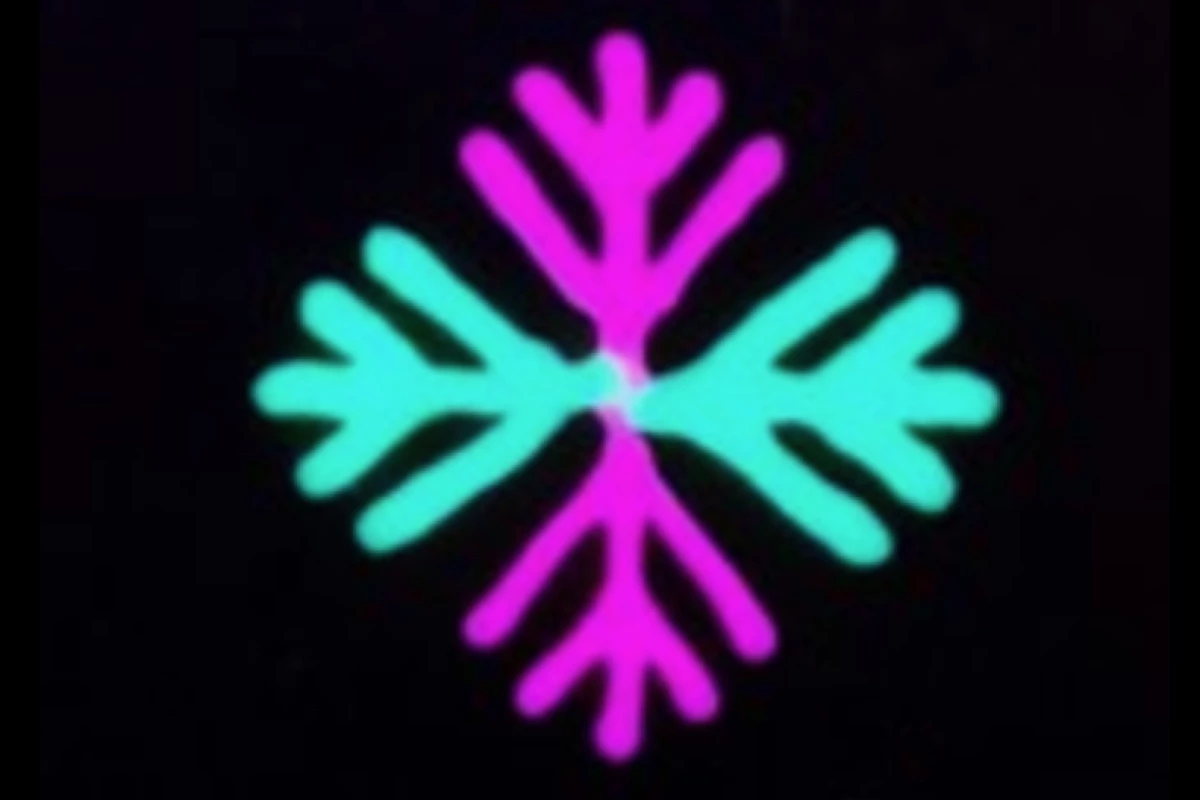While the 3D bioprinting of tissue and organs does hold great promise in the field of medicine, the printed materials typically have quite a short shelf life. An experimental new bio-ink, however, allows bioprinted tissue to be stored in a frozen state for months at a time.
Depending on factors such as the printing material being used, 3D-bioprinted tissue currently has to be implanted within no more than a few hours to a few days of being created.
This limitation can be particularly problematic in situations where the tissue is being printed at one location, but is required for use on a patient located somewhere else. It also means that things like replacement organs can't be printed ahead of time, then kept on hand for immediate implantation when needed.
Seeking to address these problems, scientists at the Harvard-affiliated Brigham and Women’s Hospital have created the new freezable bio-ink. Not only can tissues made from it be kept frozen for several months, but they can be thawed and ready for use within minutes.
Like other more traditional bio-inks, it consists of a scaffolding-like gelatine matrix embedded with living cells. Its special ingredients, however, are cryopreservative agents which prevent osmotic shock and limit the formation of cell-membrane-damaging ice crystals. The lead scientist, Asst. Prof. Yu Shrike Zhang, tells us that the agents consist of the pharmaceutical drug dimethyl sulfoxide (DMSO) and maltose sugar.
The bio-ink is deposited directly from the bioprinter nozzle onto a -20 ºC (-4 ºF) cold plate, freezing instantly. This process overcomes a limitation of existing bio-inks, some of which may be too soft and runny to be formed into the desired item.
"The bioink filament freezes within milliseconds of reaching the cold plate, so it has no time to lose its original shape," says Zhang. "Then you can build layers on top of each other, eventually creating a free-standing 3D structure that can withstand its own weight."
In lab tests, tissue printed from the bio-ink was stored at -196 ºC (-321 ºF) for at least three months. When it was subsequently thawed in a warm liquid medium, the cells within it remained viable, proceeding to differentiate as they normally would.
The research is described in a paper that was recently published in the journal Matter.
Source: Cell Press via EurekAlert




